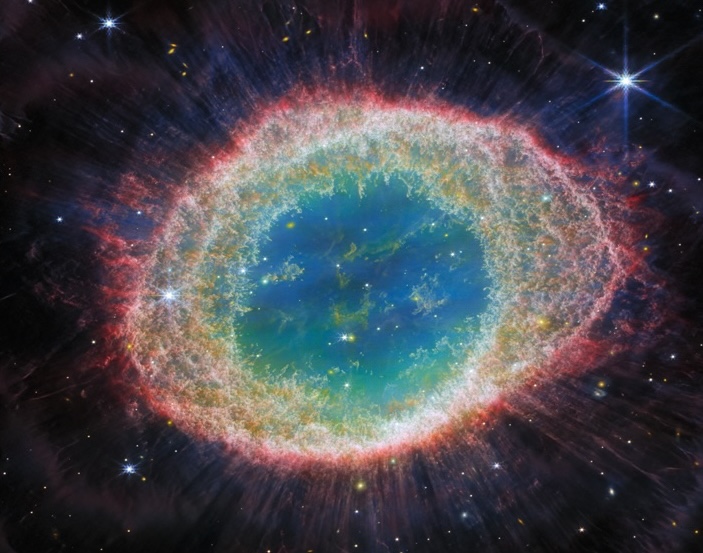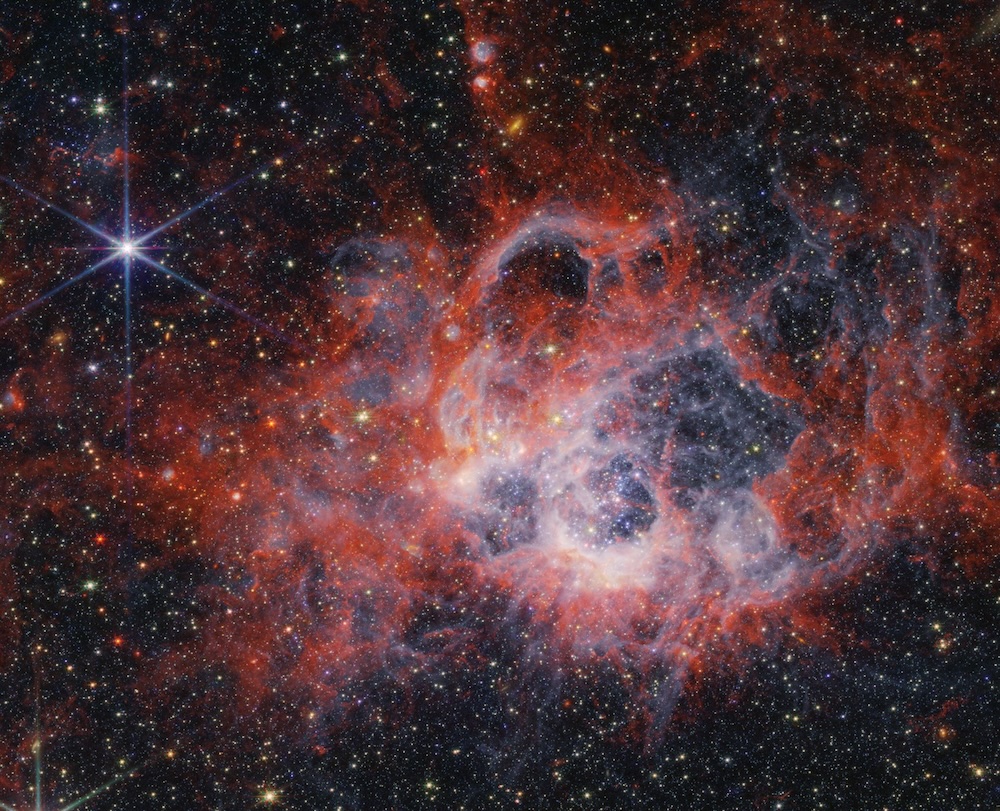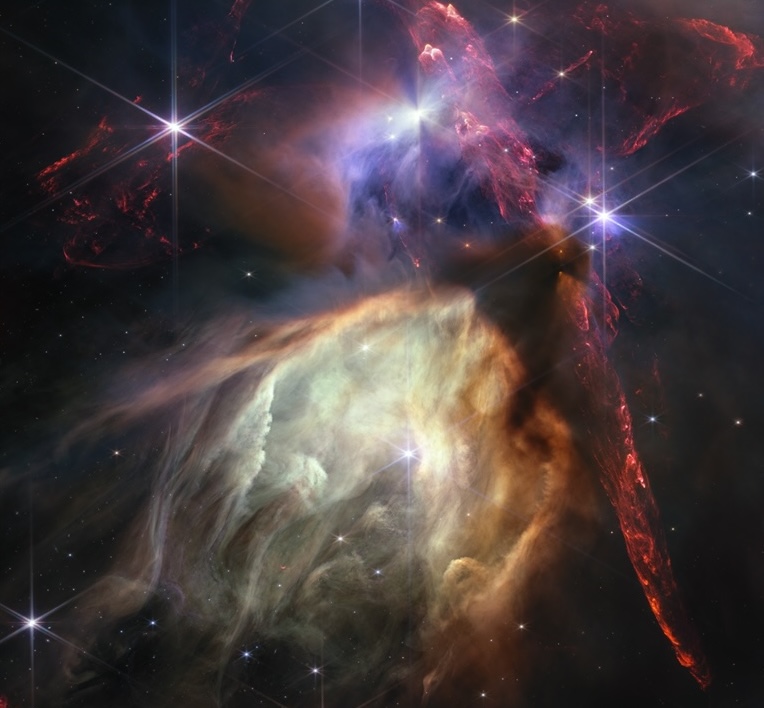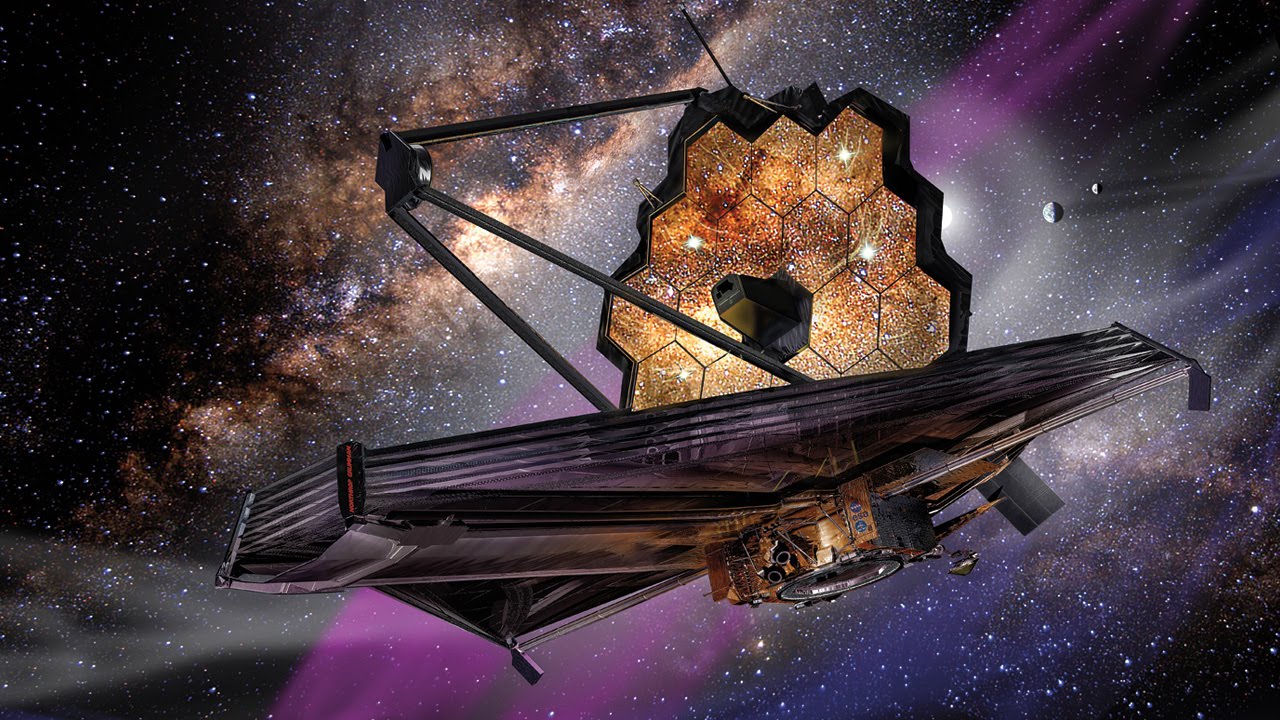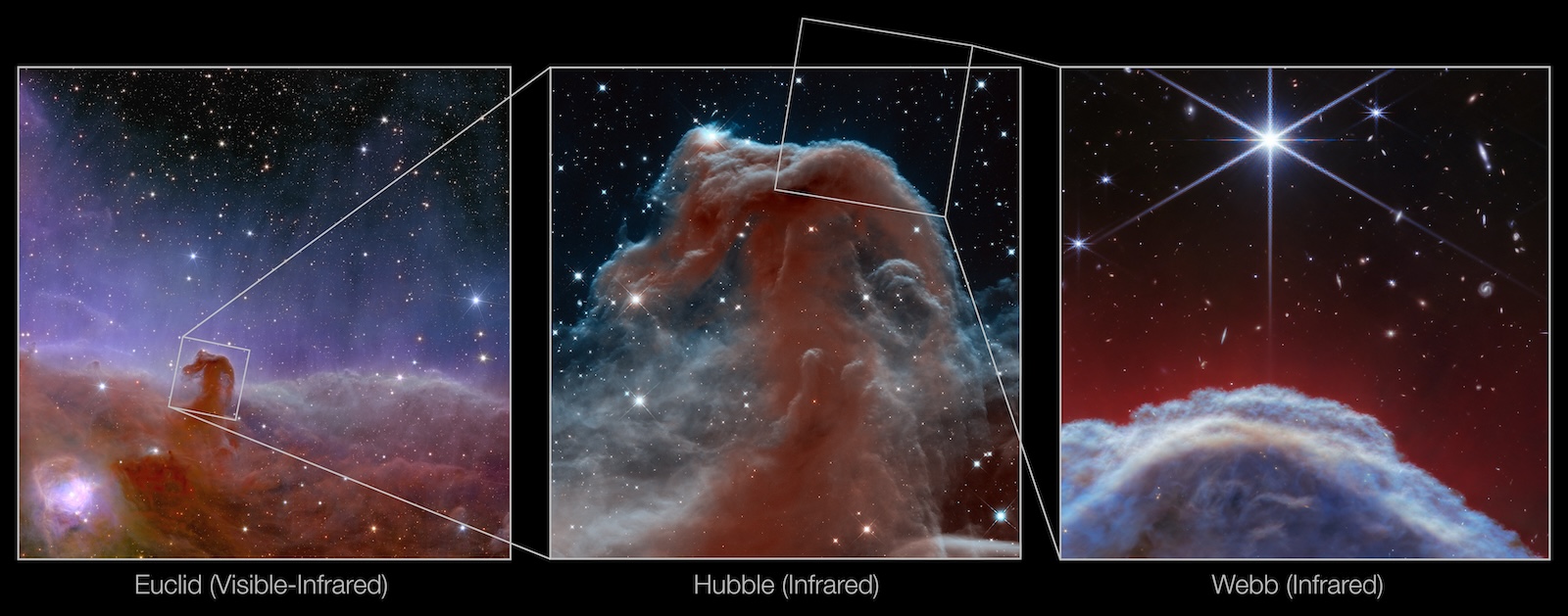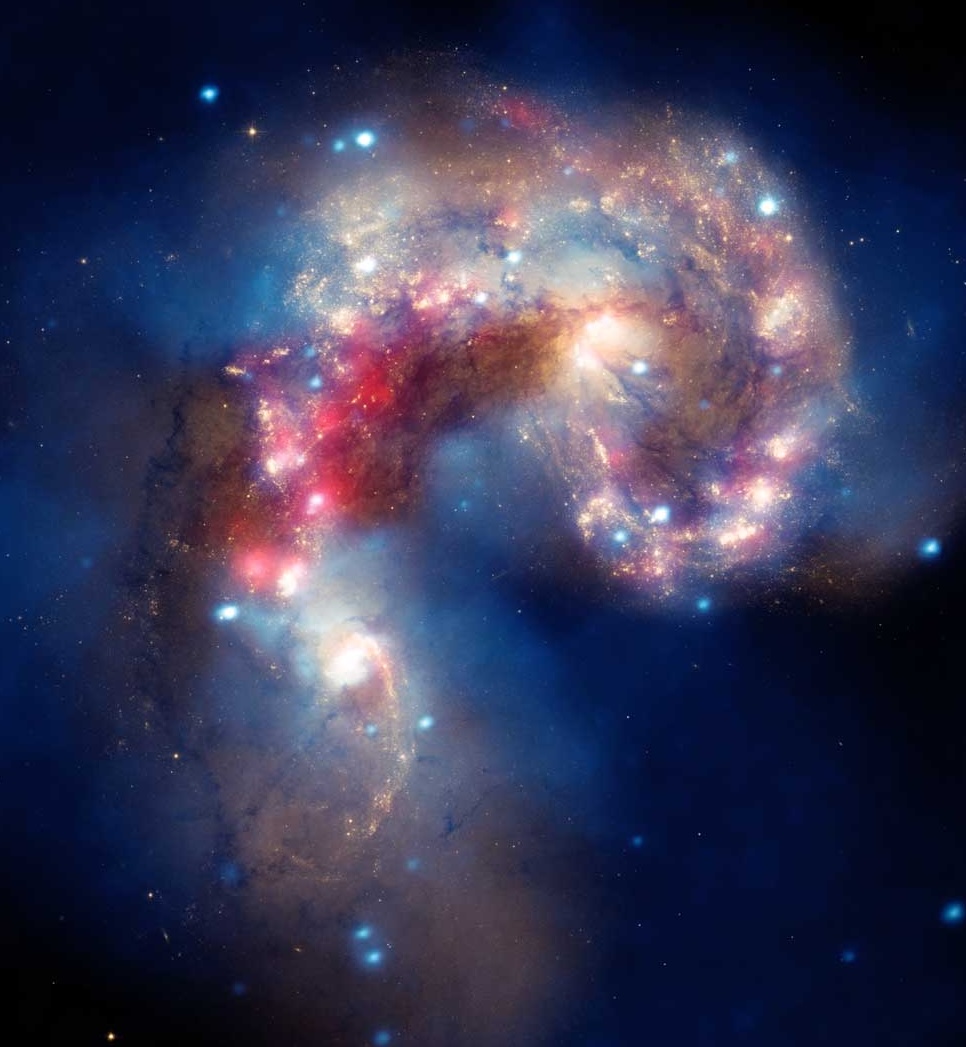AI Summary
Two independent teams of astronomers have identified 60 stars emitting peculiar infrared signals that may indicate the presence of Dyson spheres, hypothetical structures proposed by physicist Freeman Dyson as a way for advanced civilizations to harness energy from their stars.
Two independent teams of astronomers have identified dozens of stars emitting peculiar infrared signals that could potentially indicate the presence of advanced alien civilizations. By combining data from the European Space Agency's Gaia satellite with infrared survey results from various ground and space telescopes, researchers have found 60 stars that exhibit unexplained spikes in infrared heat, which may be evidence of hypothetical structures known as Dyson spheres.
What are Dyson Spheres?
Dyson spheres,
first proposed by British-American theoretical physicist Freeman Dyson in 1960, are colossal engineering projects that involve encircling a star with a dense array of orbiting platforms. These structures would allow an advanced civilization to capture and utilize every bit of solar radiation emanating from their central star, providing ample living space and virtually limitless energy production.
The concept of a Dyson sphere is rooted in the idea that as a civilization grows and expands, its energy requirements would increase exponentially. Dyson calculated that if an alien society's population and industry grew at a modest 1% per year, their energy needs would become a trillion times larger in just 3,000 years. To meet such astronomical demands, the construction of a Dyson sphere would be a logical, albeit ambitious, solution. 3 Types of Dyson Spheres:
- Dyson Shell: A rigid, continuous shell enclosing the star, with the inner surface inhabited by the alien civilization.
- Dyson Swarm: A vast collection of orbiting satellites or space habitats that collectively harness the star's energy.
- Dyson Bubble: A more loosely connected network of structures, allowing for greater flexibility and adaptability.
Detecting Dyson Spheres
To a distant observer, a star surrounded by a Dyson sphere would appear dimmed or even entirely darkened in visible light, depending on the density of the orbiting platforms. However, the structure would glow brightly in infrared wavelengths, as it would need to reradiate the absorbed solar energy to prevent overheating and eventual melting.
This distinct infrared signature has led astronomers to consider Dyson spheres as a type of technosignature—a sign of technological activity that could be used to infer the existence of intelligent life in the universe. While several Earth-based researchers have scanned the night sky for such infrared anomalies, no conclusive evidence has been found to date.
Recent Discoveries from Two Independent Teams of Astronomers
The recent findings by two independent teams of astronomers have reignited the search for Dyson spheres. By combining data from the European Space Agency's Gaia satellite with infrared survey results from ground and space telescopes, the researchers analyzed 5 million stars in our galaxy.
Matías Suazo's team at Uppsala University in Sweden identified seven red dwarf stars within 900 light-years of Earth that exhibited excess infrared heat, consistent with the presence of a Dyson swarm.
Full paper:
Project Hephaistos – II. Dyson sphere candidates from Gaia DR3, 2MASS, and WISEMeanwhile,
Gaby Contardo's team at the International School for Advanced Studies in Italy found 53 candidate stars, including some sun-like stars, at distances of up to 6,500 light-years from Earth.
Full paper:
A Data-Driven Search For Mid-Infrared Excesses Among Five Million Main-Sequence FGK StarsNext Steps: Using the James Webb Space Telescope
Several natural explanations could potentially mimic the properties of a Dyson sphere. One possibility is that the stars are surrounded by hot, planet-forming debris disks, although most of the identified stars appear to be too old for this scenario. Another explanation could be a coincidental positioning of the star in front of a distant galaxy emitting infrared light. Additionally, the signals might be the result of an unknown natural phenomenon, such as the rare collision of two planets producing an immense amount of material.
To further investigate these mysterious infrared signals, astronomers plan to utilize the capabilities of the
James Webb Space Telescope. This powerful instrument could provide crucial insights into the origin of the infrared heat, determining whether it stems from natural dusty material or something more extraordinary.
The implications of this discovery are profound. If even a single star is confirmed to host a Dyson sphere, it would provide compelling evidence for the existence of advanced alien civilizations in our galaxy. Such a finding would revolutionize our understanding of the universe and our place within it, raising new questions about the prevalence and nature of intelligent life beyond Earth.
As the scientific community eagerly awaits further observations, the search for alien civilizations continues. Whether these infrared signals are ultimately attributed to natural phenomena or the astounding engineering feats of advanced extraterrestrial beings, the quest to unravel the mysteries of the cosmos remains an enduring and captivating endeavor.
Recent Posts



